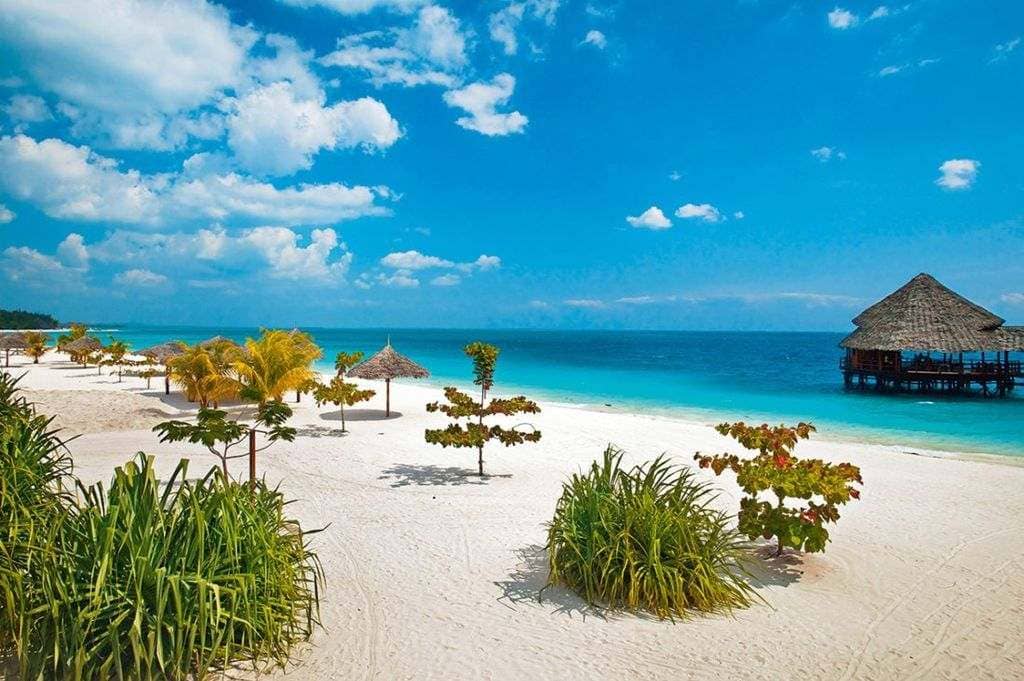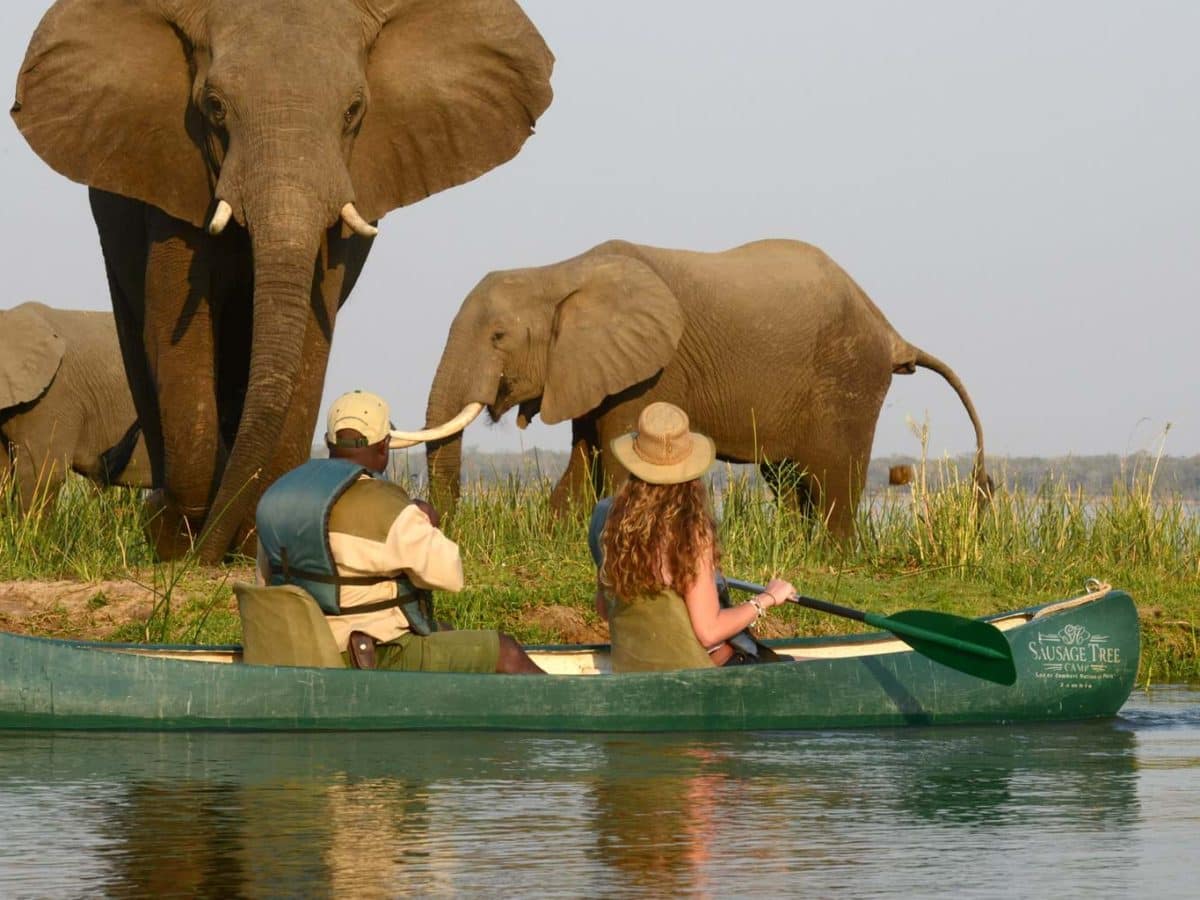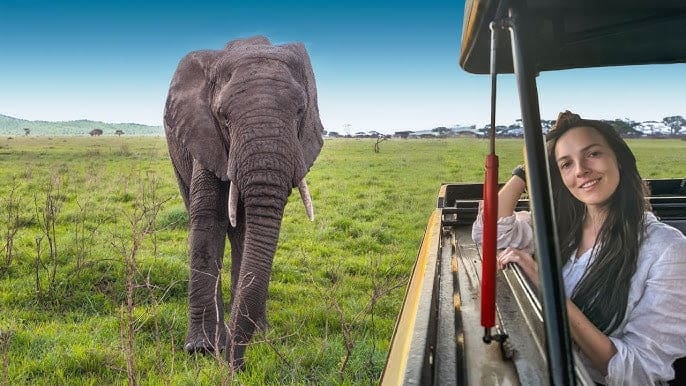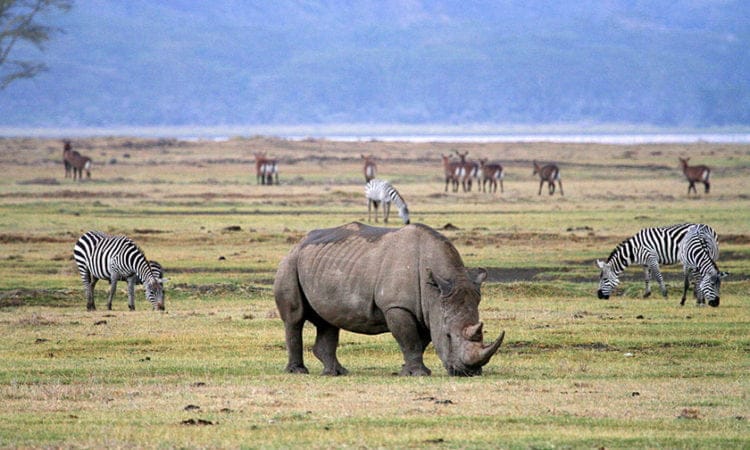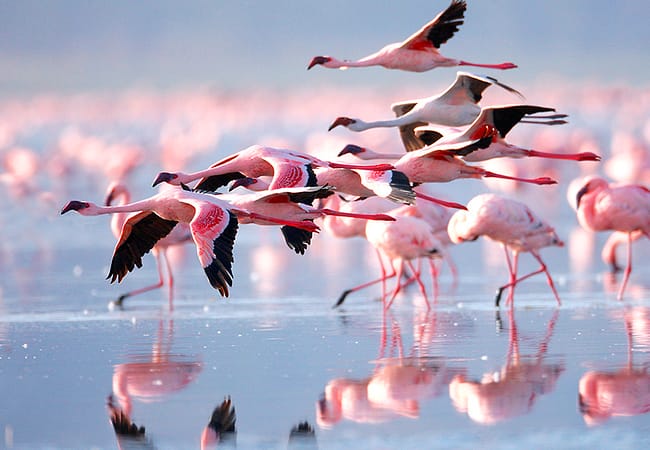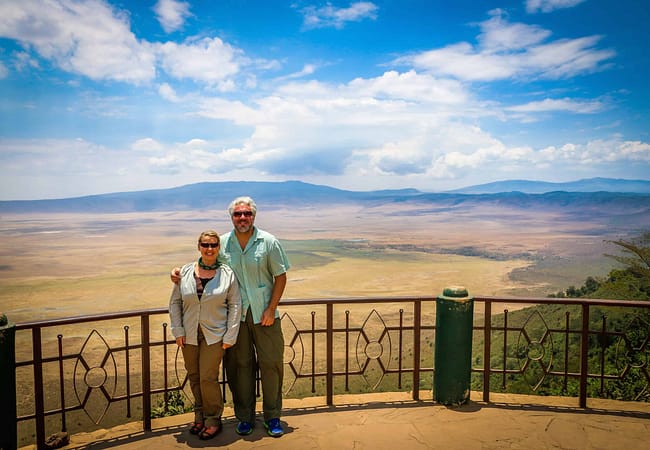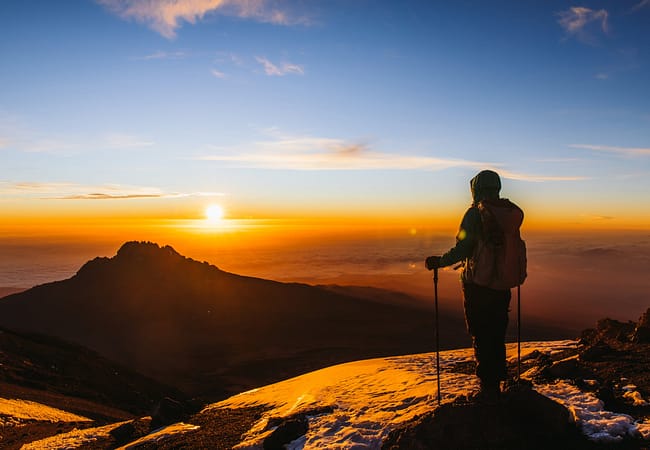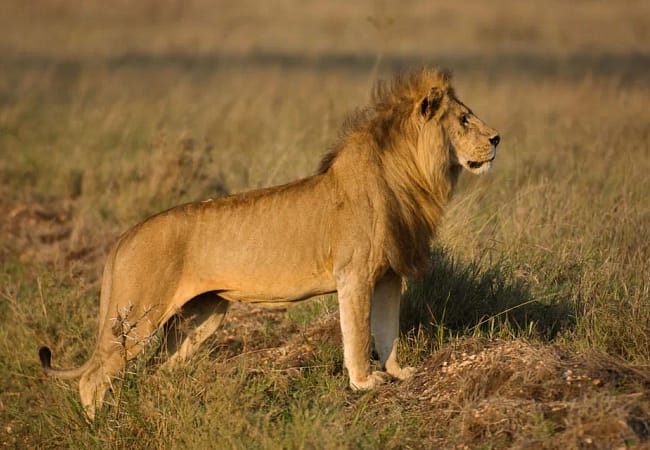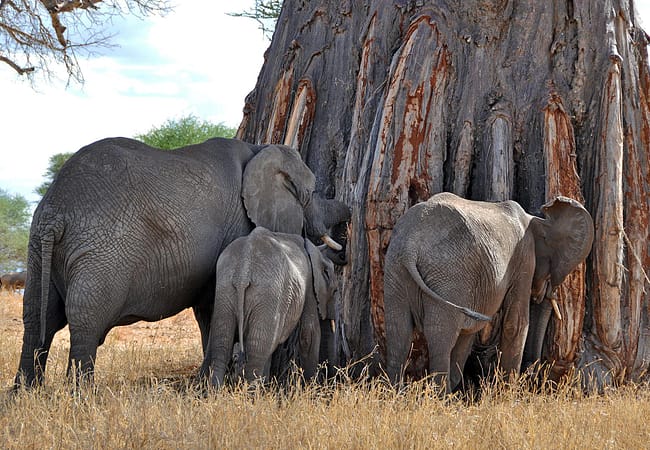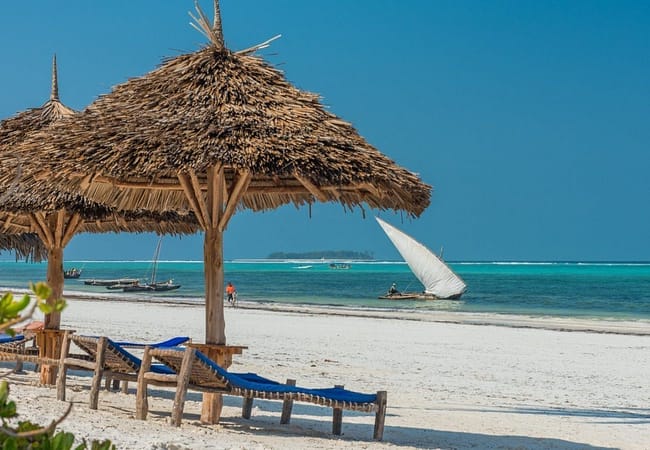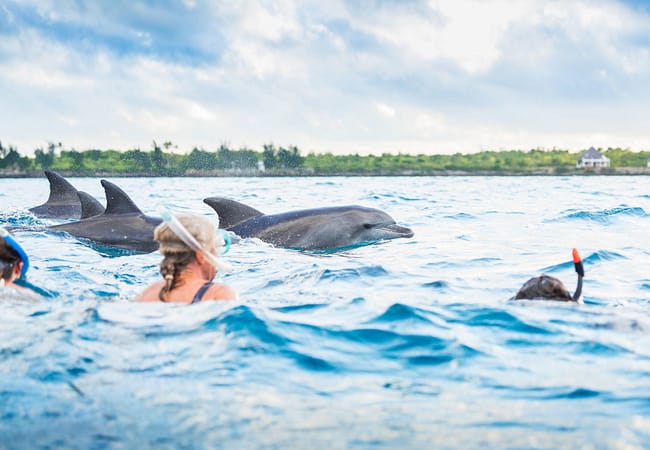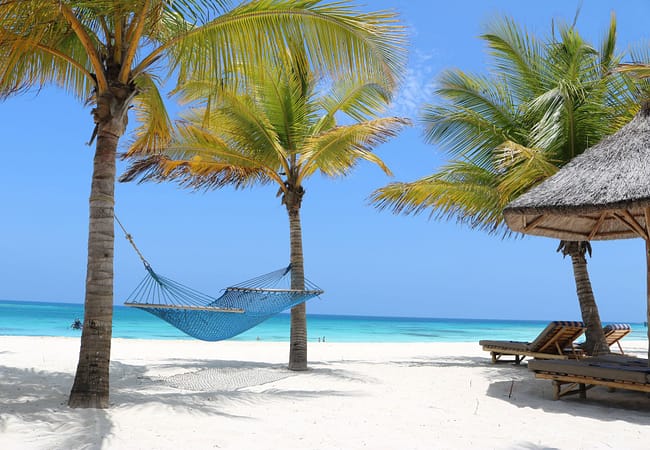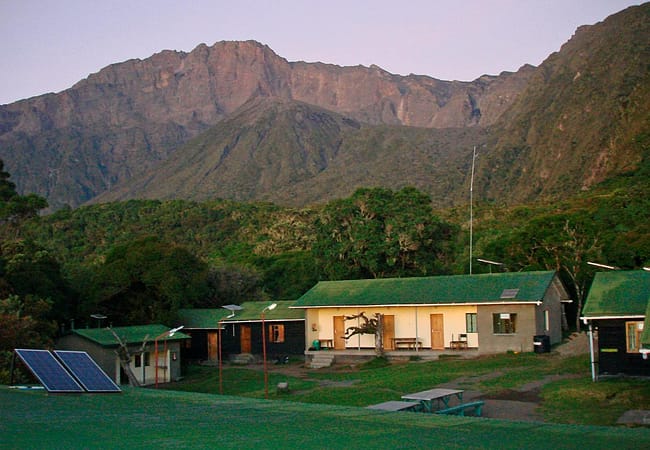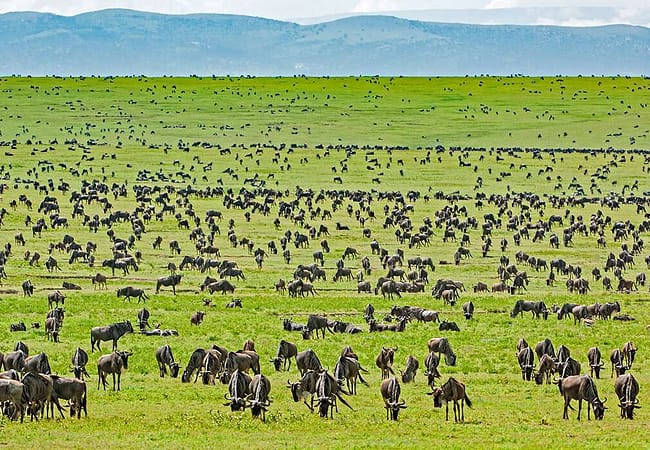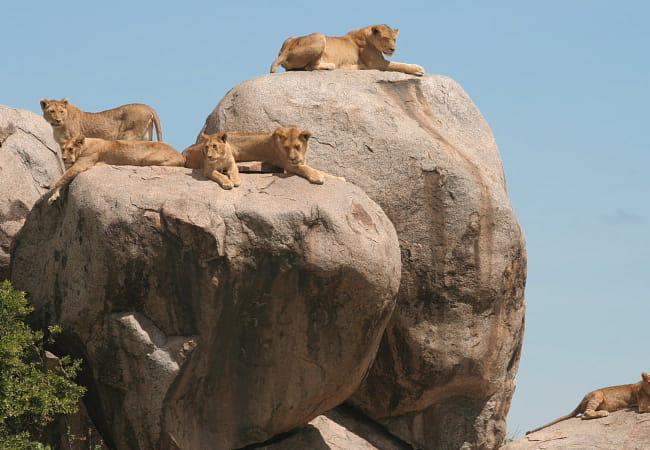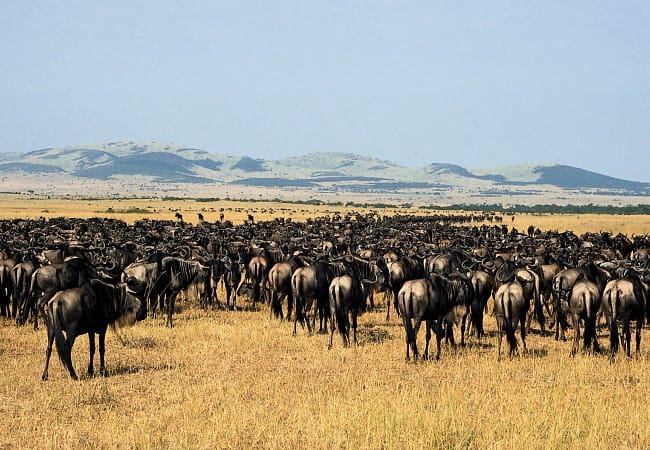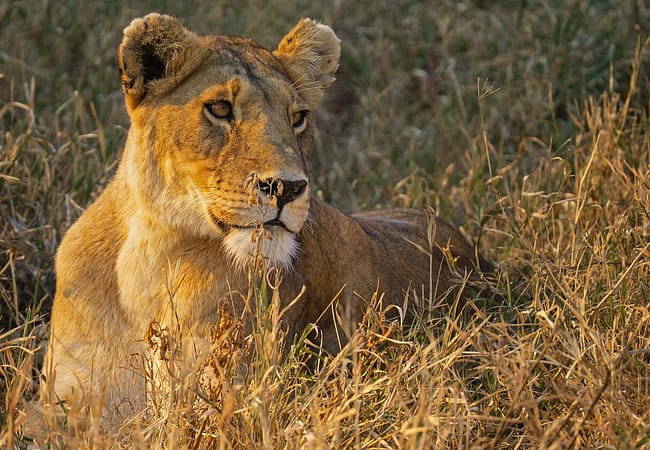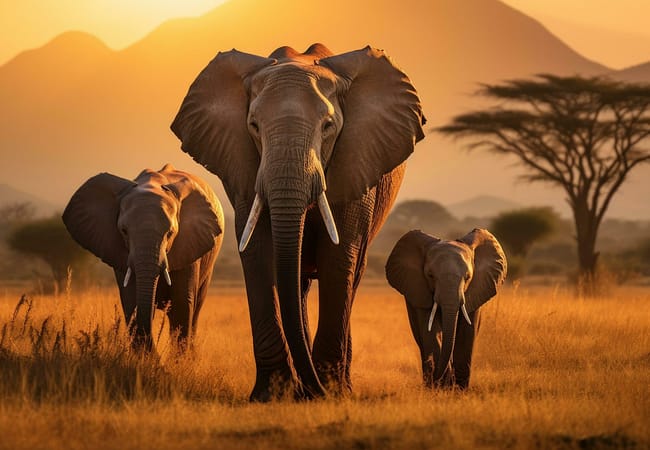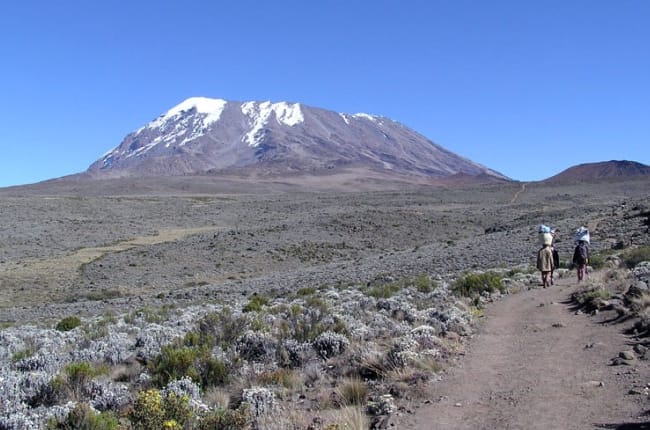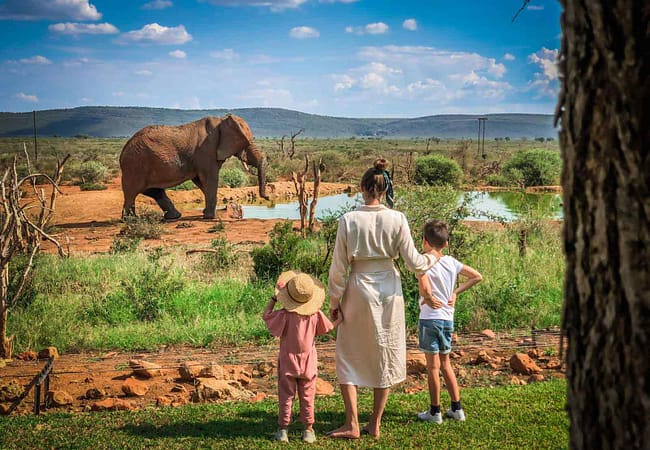Tanzania Budget Tours
Get to experience Tanzania’s beautiful landscapes and diverse wildlife without breaking the bank. Our budget tours are carefully designed to give you the best of Tanzania while keeping costs low. Whether you are drawn to the Serengeti’s famous safaris, the cultural richness of local communities or the pristine beaches of Zanzibar, our tours will give you an unforgettable experience at an unbeatable price.
Why Our Budget Tours?
✔️ Affordable Adventures – See Tanzania’s top attractions without sacrificing quality.
✔️ Diverse Tour Options – Choose from safaris, cultural tours and beach getaways, all for budget travelers.
✔️ Group & Solo Travel – Whether you are solo or with friends, our budget travel groups make the experience even more fun.
✔️ Authentic Experiences – Immerse yourself in Tanzania’s wildlife, culture and landscapes through our well designed itineraries.
Top Budget Tours in Tanzania
Serengeti & Ngorongoro Budget Safari – See the Big Five and visit the world’s best wildlife reserves.
Affordable Zanzibar Getaway – Enjoy the turquoise waters and white sand beaches of Zanzibar on a budget.
Cultural & Wildlife Combo Tours – Visit Maasai villages, Lake Natron and Lake Eyasi for a mix of adventure and cultural immersion.
Budget Kilimanjaro Trekking – Climb Africa’s highest peak with affordable and well organized group climbs.
Join Zaita Tours for a budget friendly journey across Tanzania. Our cheap tour packages will give you the most out of your trip without compromising comfort, fun or authenticity. Let’s make your dream adventure affordable!
Top Tanzania Budget Tour Packages
Starting From:
$800TAXES INCL/PERS
Starting From:
$500TAXES INCL/PERS
Starting From:
$3,270TAXES INCL/PERS
Starting From:
$500TAXES INCL/PERS
Starting From:
$880TAXES INCL/PERS
Starting From:
$1,500TAXES INCL/PERS
Starting From:
$1,200TAXES INCL/PERS
Starting From:
$900TAXES INCL/PERS
Starting From:
$1,400TAXES INCL/PERS
Starting From:
$1,050TAXES INCL/PERS
Starting From:
$990Per Person
Starting From:
$1,350TAXES INCL/PERS
Starting From:
$1,800TAXES INCL/PERS
Starting From:
$2,750TAXES INCL/PERS
Starting From:
$2,800TAXES INCL/PERS
Starting From:
$1,500TAXES INCL/PERS
Starting From:
$3,850TAXES INCL/PERS
Starting From:
$2,100TAXES INCL/PERS
What Our Clients Say
-
Tripadvisor
-
-
My safari with Zaita Tours was a revelation. Their knowledgeable guides led me through the stunning landscapes of Tanzania, spotting incredible wildlife – from majestic lions to graceful giraffes. The well-organized camps provided a comfortable and immersive experience, allowing me to fully connect with nature's beauty.
Feb 9, 2019
10.31 AM
Mr. Daniel Scoot
USAMy 2022 safari with Zaita Tours was all about rare sightings. Their expert planning led us off the beaten path, where we encountered elusive creatures like black rhinos and pangolins. The thrill of these unexpected encounters is something I'll never forget.
Dec 3, 2022
2.07 PM
Nohkan Liam
ItalyAnd here I am in 2024, once again on safari with Zaita Tours. Their dedication to excellence remains constant. They continue to innovate, offering new experiences like hot air balloon rides over the Serengeti. Zaita Tours isn't just about safaris; it's about creating memories that last a lifetime.
Jul 15, 2022
1.14 PM
Daniel Mateo
AustraliaTanzania adventure with Zaita Tours was unlike anything I'd ever done before. Climbing Kilimanjaro – the freaking roof of Africa! – was a bucket list dream, and Zaita Tours made it a reality. Their guides were these incredible mountain gurus, keeping me motivated (and hydrated!) every step of the way. Witnessing the sunrise from the summit, with the world stretched out beneath me, was pure magic. It was definitely a challenge, but Zaita Tours made it an unforgettable experience.
Aug 20, 2023
11.20 AM
Mora Lucas
FranceWent to Lake Natron for a weekend and it was wonderful! Such a unique and beautiful area that is "off the beaten path". Zaita Tours arranged everything for us (food, transport, lodging, a local Maasai guide...) we were even able to add an extra little excursion to see the Engare Sero hominid footprints! Would definitely recommend 🙂
March 3, 2017
11.12 PM
Heather Armstrong
United StatesWent on an excellent safari to Tarangire National park with this company and would highly recommend them.
Jan 2, 2017
06.08 PM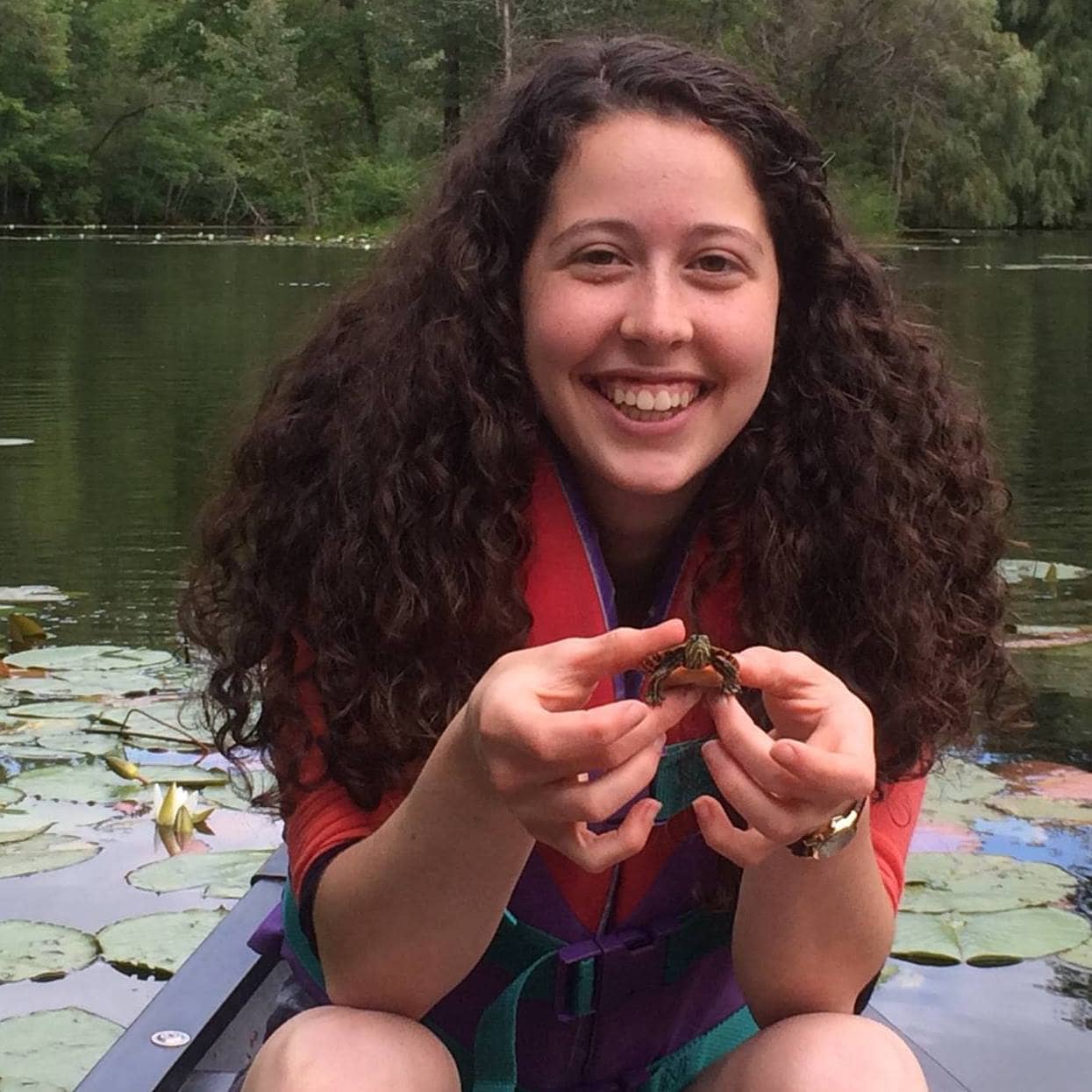
Hannah Keizer
USAVery friendly and knowledgeable guides! Went on the Mount Meru hike and would definitely recommend them.
Nov 15, 2016
8.26 PM
Kate Cullen
USAFrom Arusha to Lake Natron In December 2022 I was traveling with my mother in Tanzania. Since we had already heard a lot about the wonderful area around Lake Natron, we spontaneously decided to book a trip there. I love nature and have always wanted to experience flamingos in the wild. With the travel agency Zaita Tours and our two friendly and incredibly helpful guides Innocent and Eric, we found the ideal companions and got our money's worth! Two days of adventure with an overnight stay in a clean and comfortable lodge, a 3-course meal in the evening and various excursions with a Maasai guide to the surrounding area, such as Lake Natron at the foot of the Ol Doinyo Lengai mountain of God or to the wonderfully refreshing waterfall. We can only warmly recommend the tour with this travel agency, everything was just perfect! Again any time 🙂
Jan 23, 2023
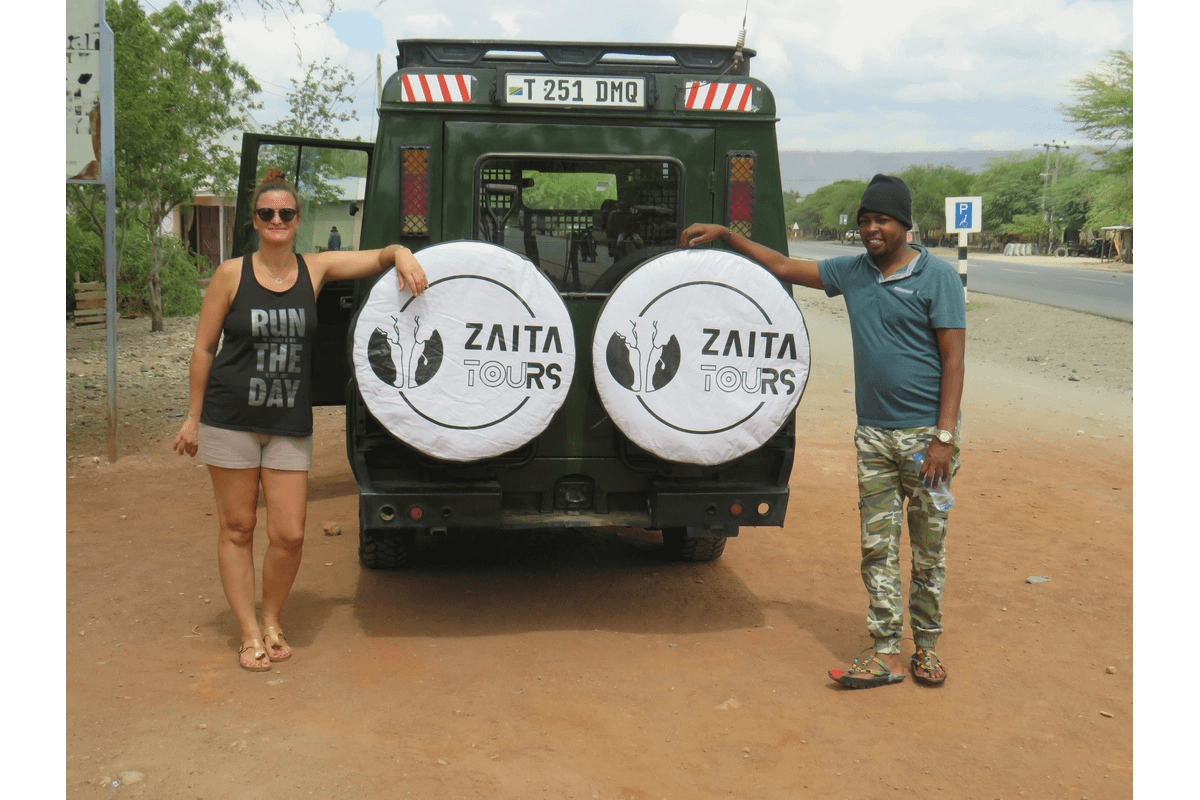
Tante Käthe
Germany
Why Choose Zaita Tours?
Tanzania Specialist
As a affordable Tanzania specialist, Zaita Tours offers expertly curated adventures showcasing the best of the country's wildlife, landscapes, and culture.
Affordable Prices
We offer competitive pricing without compromising on quality.
Sustainable Tourism
We are committed to eco-friendly practices and supporting local communities.
Guided Tours
We offers expertly guided tours, providing in-depth insights and unforgettable experiences across Tanzania.
Best Support 24/7
Unbeatable 24/7 support for an unforgettable African escape.
Ultimate Flexibility
Tailor your tour to suit your preferences and interests.
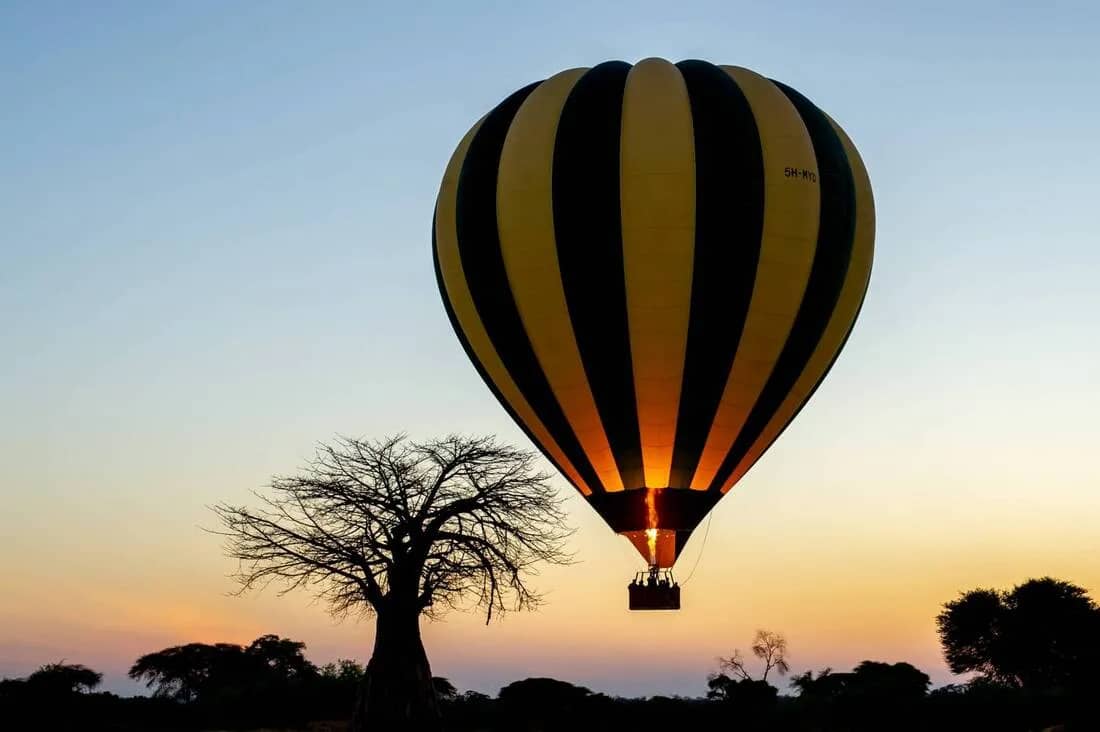
From $ 200
Per Person Per Day
